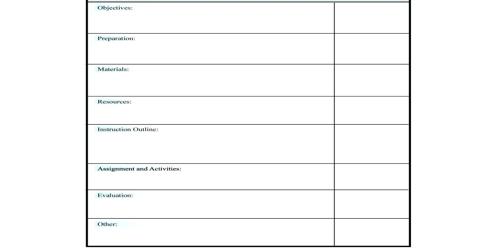Credit Memorandum (CM)
If the Head Office conveys positive sign for a call report, then only the branch RM goes for preparing a CM. The preparation of CM includes the in-depth analysis of credit risk factors, critical assessment of the client in the light of credit policy guidelines of the bank. Then it is sent to the Head of Marketing to enclose the necessary recommendations and to commence the credit approval process. The CM has to be accompanied with all the required legal documents and the financial information of the prospective client.
The CM generally contains the followings:
a) A specific control number and base number for each client.
b) The credit risk grading score.
c) The authorization for the approval process.
d) The description of the proposed facility.
e) Rationale behind the loan extension.
f) Financial information of the client mainly the income statements for the past years, earnings forecasts in normal and adverse conditions.
g) Forecasted earnings from the relationship to be established.
h) Lending agreement.
i) Compliance of the policies and guidelines of Bangladesh Bank and PBL.
Most of the times CM also contains the followings:
Table 2: Credit Memorandum enclosure
| a) Facility Plan | Credit product and credit lines |
| Purpose | |
| Validity | |
| Pricing | |
| Mode of repayment | |
| b) Security Schedule | Primary and collateral security |
| Valuation by professional surveyor | |
| Valuation by the expert credit officers |
| c) Security Assistance | Personal or corporate or third party guarantee along with the detail information about the guarantor |
| Insurance | |
| Personal financial statement | |
| d) Payment | Terms and conditions for disbursement |
| Vetting of documents, security valuation, mortgage execution, deposition of fees | |
| Insurance coverage | |
| e) Lending Covenants | Financial covenants |
| Management covenants | |
| Environmental covenants | |
| Regulatory covenants | |
| f) Risks and Mitigants | Business risk |
| Financial risk | |
| Management risk | |
| Industry risk | |
| Security risk | |
| g) Visit and Inspection | Inspection report by RM, credit officer and project engineer |
| Stock inspection report | |
| h) Repayment | Repayment source |
| Repayment agenda or schedule | |
| Repayment frequency | |
| Expiry |
Source: IFIC credit policy
The CM also contains the assessment of the following areas
a) Borrower analysis
The majority shareholders, management team and group or affiliate companies are assessed. Any issues regarding lack of management depth, complicated ownership structures or intergroup transactions are addressed, and risks mitigated.
b) Industry Analysis
The key risk factors of the borrower’s industry are assessed. Any issues regarding the borrower’s position in the industry, overall industry concerns or competitive forces are addressed and the strengths and weaknesses of the borrower relative to its competition are identified.
c) Supplier/Buyer Analysis
Any customer or supplier concentration is addressed, as these could have a significant impact on the future viability of the borrower.
d) Historical Financial Analysis
An analysis of a minimum of 3 years historical financial statements of the borrower is presented. Where reliance is placed on a corporate guarantor, guarantor financial statements are also analyzed. The analysis addresses the quality and sustainability of earnings, cash flow and the strength of the borrower’s balance sheet. Specifically, cash flow, leverage and profitability are analyzed.
e) Projected Financial Performance
Where term facilities (tenor > 1 year) are being proposed, a projection of the borrower’s future financial performance is provided, indicating an analysis of the sufficiency of cash flow to service debt repayments. Loans are not granted if projected cash flow is insufficient to repay debts.
f) Account Conduct
For existing borrowers, the historic performances in meeting repayment obligations (trade payments, cheques, interest and principal payments, etc) are assessed.
g) Adherence to Lending Guidelines
Credit Applications clearly state whether or not the proposed application is in compliance with the bank’s Lending Guidelines. The Bank’s Head of Credit or Managing Director/CEO approve Credit Memorandum that does not adhere to the bank’s Lending Guidelines.
h) Mitigating Factors
Mitigating factors for risks identified in the credit assessment are identified. Possible risks include, but are not limited to: margin sustainability and/or volatility, high debt load (leverage/gearing), overstocking or debtor issues; rapid growth, acquisition or expansion; new business line/product expansion; management changes or succession issues; customer or supplier concentrations; and lack of transparency or industry issues.
i) Loan Structure
The amounts and tenors of financing proposed are justified based on the projected repayment ability and loan purpose. Excessive tenor or amount relative to business needs increases the risk of fund diversion and may adversely impact the borrower’s repayment ability.
j) Security
A current valuation of collateral is obtained and the quality and priority of security being proposed are assessed. Loans are not granted based solely on security. Adequacy and the extent of the insurance coverage are also assessed. (PBL credit policy, 2005).
















